
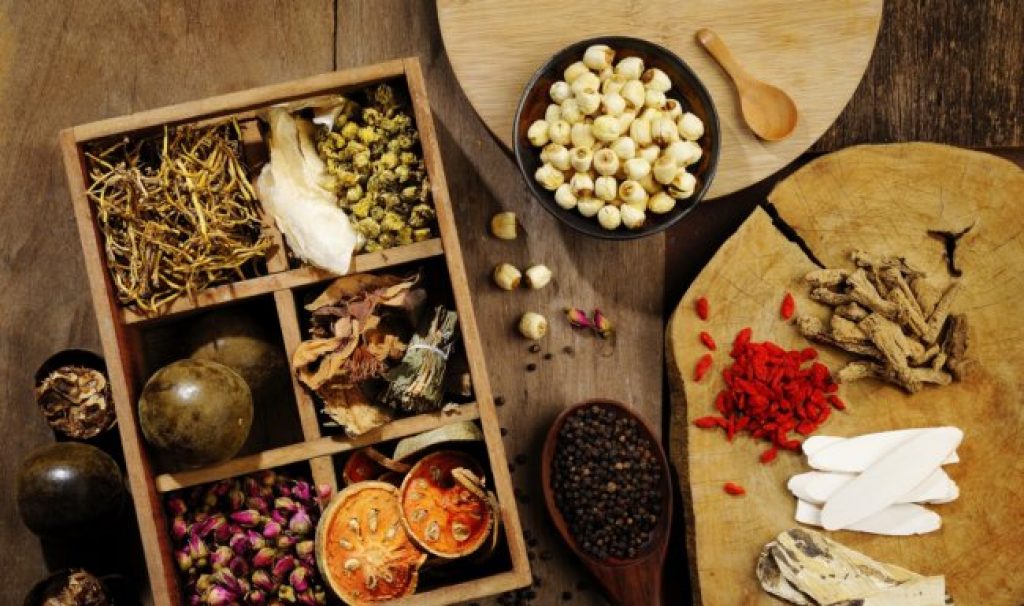
Traditional Chinese Medicine (photo retrieved from online resource)
Clinical practice has proven that Traditional Chinese Medicine (TCM) played a significant role in the prevention, treatment and rehabilitation of novel Coronavirus (COVID-19) in China. Based on China’s official figures, 91.6 per cent of the patients in Hubei and 92.4 per cent of patients nationwide have been treated with TCM.
Due to the inherited and acquired influences, TCM claims that everyone has their unique body constitution that determines how they live and behave, and their susceptibility to pathogens and disease development.
Dr Yap Yau Pin from UTAR Faculty of Medicine and Health Sciences Department of Chinese Medicine has shared some prescriptions for different syndromes based on the level of treatment of COVID-19.
The light (mild) treatment (轻型的治疗) is meant for the observation stage for patients with the suspected infectious disease who have no obvious symptoms and people who had close contact with the infected or suspected patients. At this time, the diagnosis is not confirmed and the clinical manifestations are usually mild symptoms such as light fever (body temperature lower than 38 degree Celsius but higher than normal temperature) and tiredness. However, there is no pneumonia.
Patients who are diagnosed with common flu experience the symptoms of cold, fever, nasal congestion, sore throat or pharyngeal itch, weariness, whitish tongue with slight greasy or yellowish coat on the tongue (苔薄白微腻或微黄) and a floating pulse. They are recommended to consume “Cong Chi Decoction with Jade Windscreen Powder Plus” (葱豉汤合玉屏风散加味). The formulas are one piece of Fistular Onion Stalk (葱白) cut into sections, Semen Sojae Preparatum (豆豉) 10g, Astragali Radix (生黄芪) 9g, Atractylodis macrocephalae Rhizoma (炒白术) 9g, Radix Saposhnikoviae (防风) 9g, “Su Ye” (苏叶) 6g, Flos Lonicerae (金银花) 6g and Fructus Arctii (牛蒡子) 9g. Patients are required to consume the decoction once in the morning and evening per day.
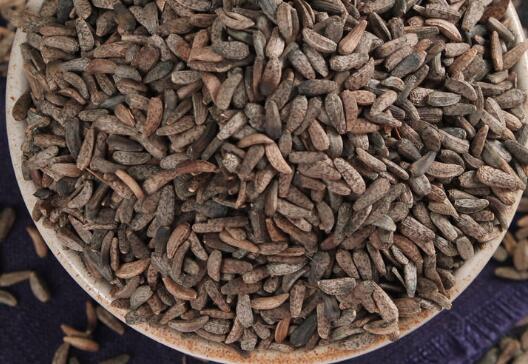
Fructus Arctii
(photo retrieved from online resource)
However, for symptoms such as severe fever, head bloating, throat swelling and pain, cough with yellow sticky sputum, stuffy nose and yellow snivel, an adjustment has to be made to the prescription. It is advisable for patients to consume herbs such as Lonicera and Forsythia Powder (银翘散) or Mulberry Leaf and Chrysanthemum Beverage (桑菊饮加减). Whereas, for symptoms such as severe cold, inability to sweat, headache, body pain, nasal congestion, runny nose and cough containing white sputum, patients should consume Schizonepeta and Ledebouriella Toxin-Vanquishing Powder (荆防败毒散) and “Xiang Su Beverage” (香苏饮加减).
The common (moderate) treatment (普通型的治疗) is meant for patients in the clinical stage of the epidemic sensation, where the virus has invaded their body surface and respiratory tract. The symptoms include fever, dry cough, muscle pain, fatigue and other health symptoms like having constipation and producing large amount of sputum.
One of the diagnoses that undergo the common (moderate) treatment is “Cold-dampness Virus Attacking Lung Syndrome” (寒湿疫毒袭肺证). The clinical manifestations of the syndrome include cold, fever, inability to sweat, headache, soreness in the joints of the limbs, bitter taste in the mouth, thirst, whitish tongue and slight greasy coat on the tongue (苔薄白微腻) and inconsistency of pulse rate (脉象浮或浮紧). Patients with these symptoms are suggested to consume “Nine Ingredients Notopterygium Decoction” (九味羌活汤) and “Shen Shou Tai Yi San” (神授太乙散加减). The formulas include Rhizoma et Radix Notopterygii (羌活) 9g, Radix Saposhnikoviae (防风) 9g, Rhizoma Atractylodis (苍术) 9g, “Su Ye” (苏叶) 6g, Radix Puerariae (葛根) 9g, Herba Asari (细辛) 3g, Rhizoma Chuanxiong (川芎) 9g, “Xiang Bai Zhi” (香白芷) 12g, Rhizoma Cimicifugae (升麻) 9g, Radix Paeoniae Alba (白芍) 6g, Radix Scutellariae (黄芩) 6g and Radix Glycyrrhizae (甘草) 3g. Patients are required to consume the decoction once in the morning and evening per day.
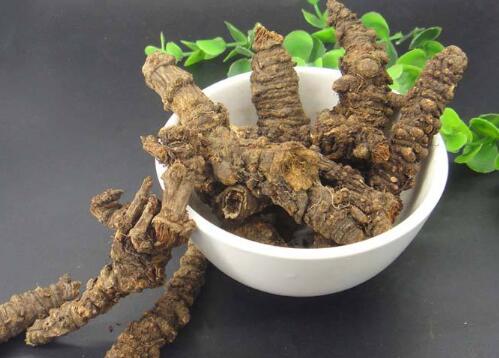
Rhizoma et Radix Notopterygii
(photo retrieved from online resource)
The heavy (severe) treatment (重型的治疗) is meant for patients who are severely infected by the virus; causing heat to stagnate in the chest and diaphragm, and disturb the heart (spirit). Its clinical manifestations include high fever, dizziness, chest tightness, wheezing, constipation and other symptoms of heat stagnation. Generally, there are no serious signs of breathing difficulty and faint pulse (脉微欲脱).
Patients with “Heat Clumping Chest and Diaphragm Syndrome” (热结胸膈证), usually experience sweating, internal heat, thirst, irritability and restlessness in the chest and diaphragm, canker sores, delirium, scanty and dark-coloured urine, reddish tongue with a yellow coat on the top and rapid pulse rate (脉滑数). These patients will need to undergo the heavy (severe) treatment. The suggested prescription is “Liang Ge San” (凉膈散), which helps to remove heat from the diaphragm. The formulas include Fructus Forsythiae (连翘) 12g, Radix Scutellariae (黄芩) 10g, Fructus Gardeniae (栀子) 10g, Rhubarb Root poached in wine (酒大黄) 6 to 10g, Natrii Sulfas (芒硝) 6 to 9g, Peppermint (薄荷) 9g, “Zhu Ye” (竹叶) 12g and Radix Glycyrrhizae (甘草) 6g. The decoction is to be consumed once in the morning and evening.
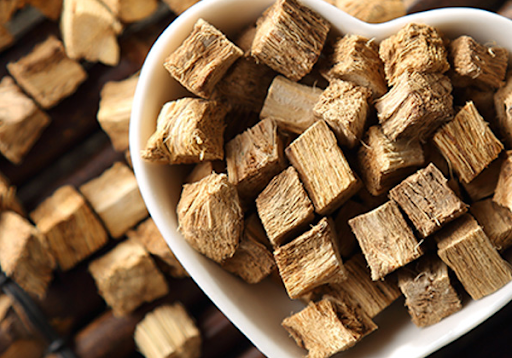
Radix Puerariae
(photo retrieved from online resource)
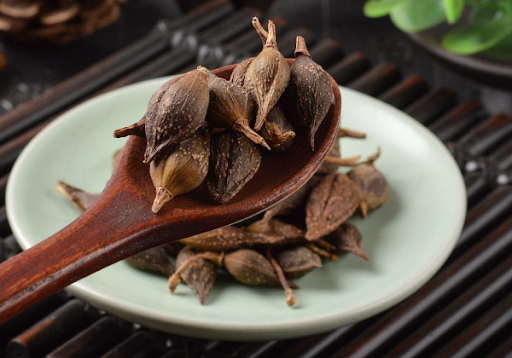
Fructus Forsythiae
(photo retrieved from online resource)
The next treatment is known as critical treatment (危重型的治疗). This treatment is required for patients who experience internal blockage and external desertion (闭证和脱证). Internal blockage usually shows signs of damaged nervous system such as mania, convulsions and fainting on the basis of high fever. External desertion mostly does not include high fever but involves cold hands and feet, incontinence, unconsciousness and weak pulse.
The syndrome which has to undergo the critical treatment is “Pathogen Blocking the Pericardium Syndrome” (邪闭心包证). The clinical manifestations include delirium, unconsciousness, excessive sweating, reddish tongue and rapid pulse rate. These patients are recommended to take “Bezoar Bolus for Resurrection” (安宫牛黄丸) or “Treasured Bolus” (至宝丹) with warm water to open and clear the pathogenic heat. For patients who experience constipation, they may consume the decoction with “Sheng Da Huang Shui” (生大黄水).
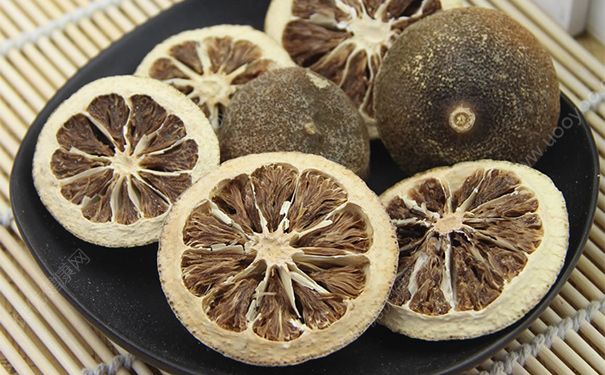
Fructus Aurantii
(photo retrieved from online resource)
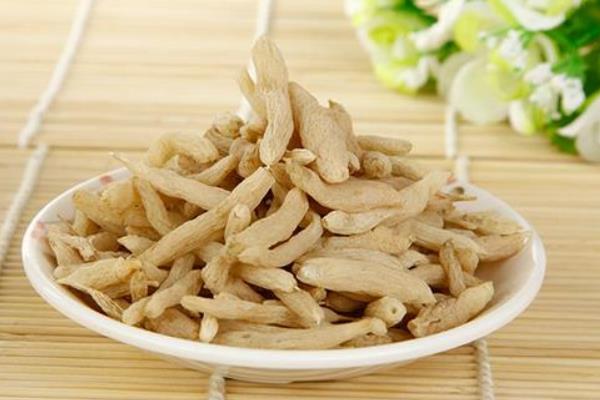
Radix Ophiopogonis
(photo retrieved from online resource)
According to Dr Yap, fever is the most common symptom of COVID-19. Instead of blindly consuming antibiotics to cure fever, he advised people to consider traditional Chinese medicine to control the body temperature, clear dampness and heat, clear away lung fever and relieve muscle pain. He said, “The incubation period of this disease generally takes about three to seven days, and the longest period is 10 to 14 days. Prior to the first fifth to the seventh day, fever is the primary symptom. This period is a critical moment for a turning point. Clinically, based on the syndrome, formulas such as Radix Bupleuri (柴胡), Radix Puerariae (葛根), Flos Lonicerae (金银花), Fructus Forsythiae (连翘), Fistular Onion Stalk (葱白) and Semen Sojae Preparatum (豆豉) can be consumed to weaken the fever.”
He added, “Furthermore, cough is the most common symptom other than fever; mostly dry cough with no sputum, or a small amount of white sputum. Some patients may even have blood in the sputum. Clinically, formulas such as Semen Armeniacae Amarae (杏仁), Radix Platycodi (桔梗), Radix Peucedani (前胡), Radix Asteris (紫菀) and Radix Angelicae Sinensis (当归), can be consumed to reduce the cough. Other common symptoms include muscle pain and fatigue. Formulas such as Rhizoma et Radix Notopterygii (羌活), Radix Puerariae (葛根) and Radix Saposhnikoviae (防风), can be consumed to strengthen the muscles.”
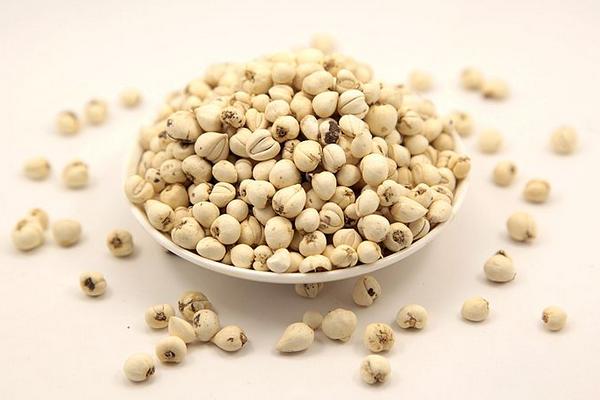
Bulbus Fritillariae Cirrhosae
(photo retrieved from online resource)
(Translation source:
https://tcmwiki.com/)
![]()
![]()
Wholly owned by UTAR Education Foundation small>Co. No. 578227-M LEGAL STATEMENT TERM OF USAGE PRIVACY NOTICE